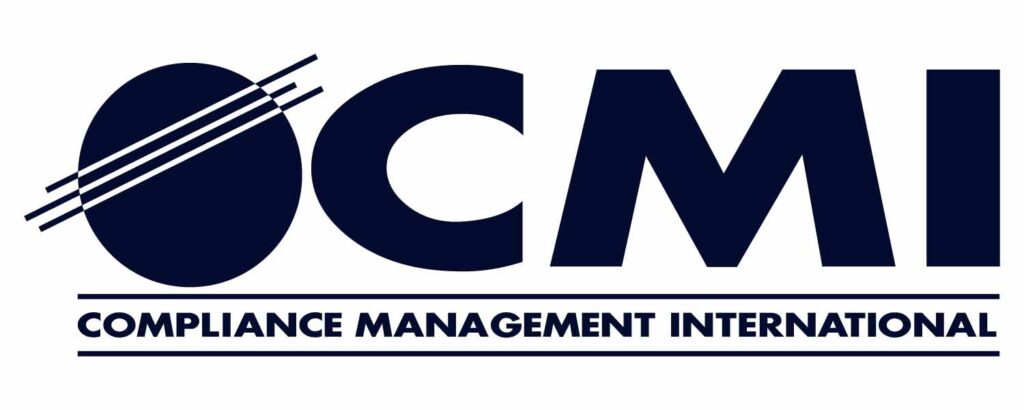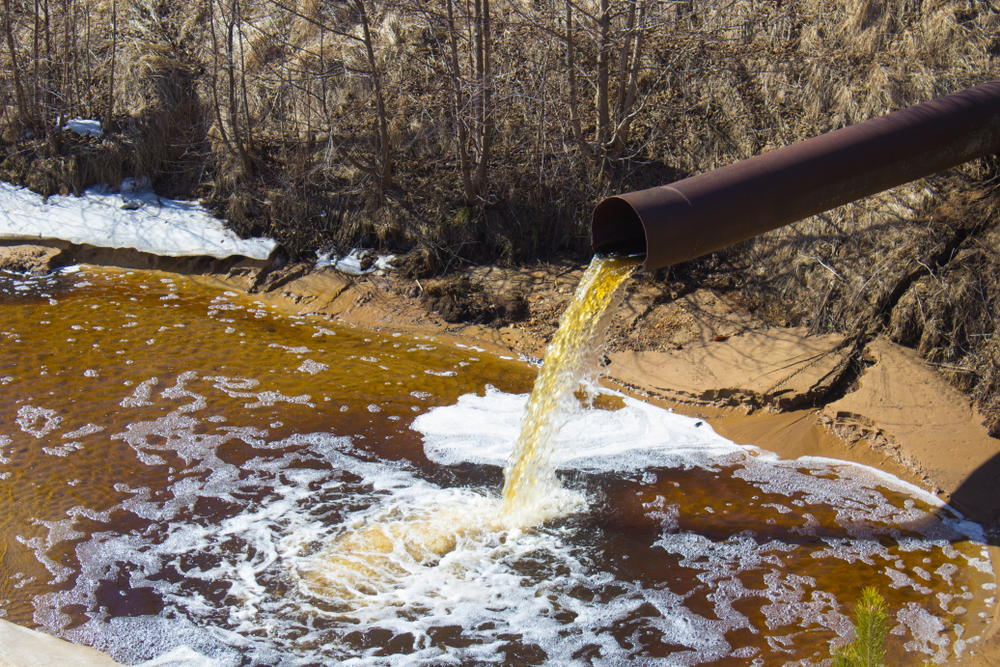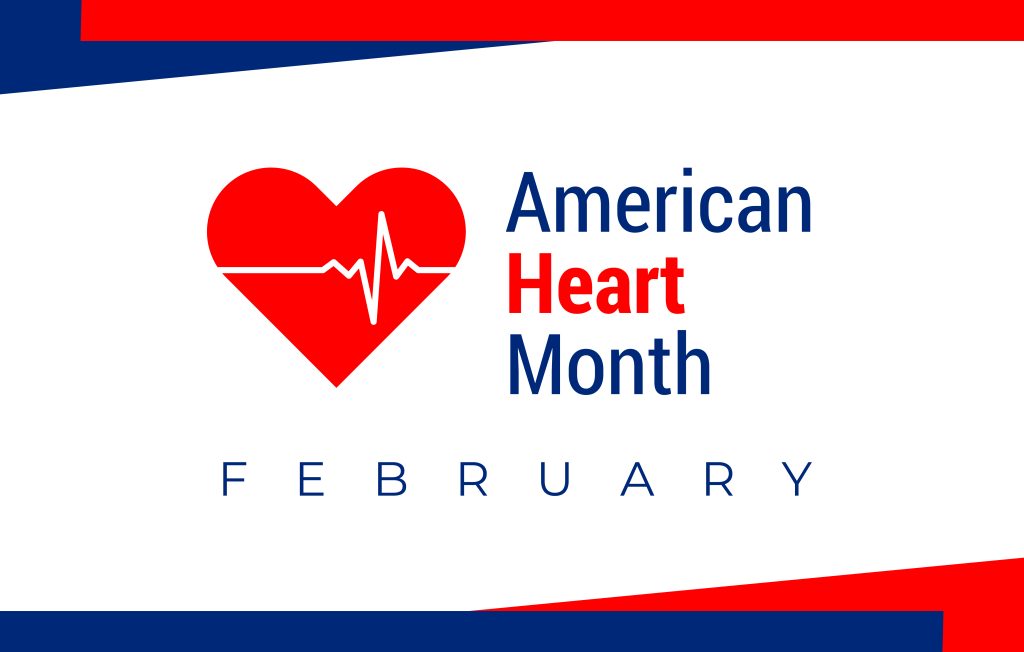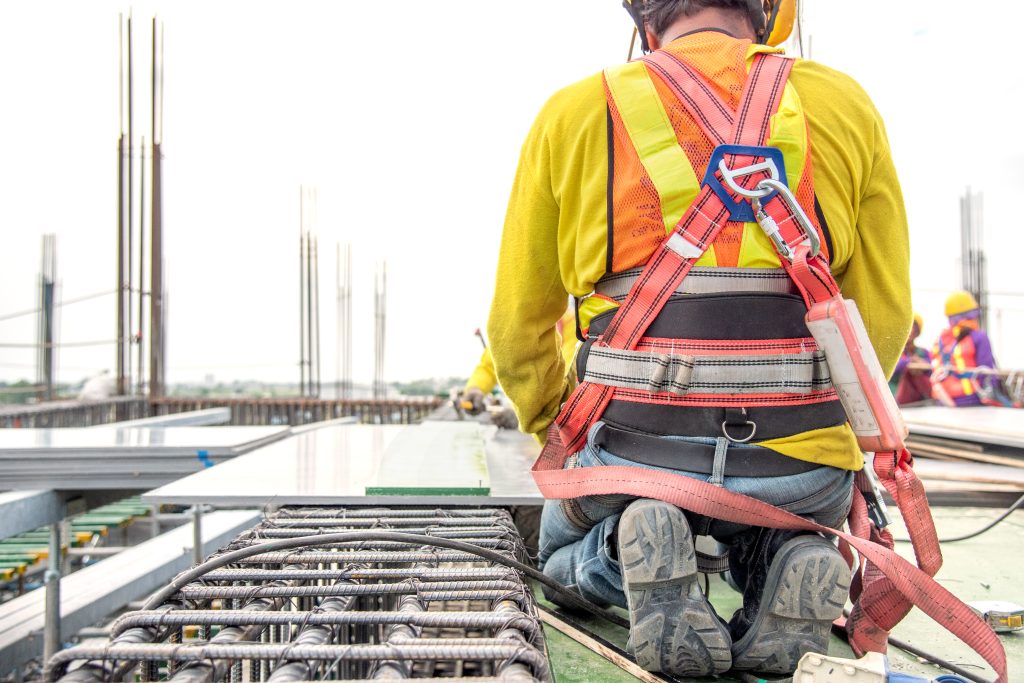As 2024 comes to a close, it is a good time to review your company’s health and safety (H&S) goals and measure the progress that has been made toward making the workplace healthier and safer for your employees. It is also the perfect time to solidify H&S goals for 2025.
When it comes to setting goals, it is important to understand your company’s incident rate for the current year as well as over the past few years, and use benchmarking tools to see (a great resource to make it easy is the National Safety Council (NSC)’s look up tool) how you compare to similar organizations in your industry sector.
It is also important to evaluate and understand those hazards that pose the highest risk to employees. This should be a site-specific evaluation of routine and non-routine tasks. Determine the likelihood someone will get hurt, along with the severity of the injury/illness to establish the risk of the task. Set goals to implement corrective actions in a prioritized manner based on the risk level of the tasks or operations. Reference the hierarchy of controls when implementing corrective actions, and don’t forget to communicate the purpose of the controls, and how to properly execute the task with the new controls in place. Have a plan in place to ensure follow-up and feedback is gathered after implementation.
Another resource to consider and refresh yourself on during H&S goal setting is OSHA’s top 10 most frequently cited standards from the previous year.
The Top 10 Citations List gives employers an insight into compliance issues noted across the country. Both General Industry (29 CFR 1910) and Construction Industry (29 CFR 1926) regulations are included in the Top 10 List. It is common that many of the same regulations make the Top 10 List each year. This should be concerning to H&S professionals and employers, and taken into consideration when setting goals for 2025.
Let’s take a look at OSHA’s Top 10 Most Frequently Cited Standards for Fiscal Year 2023 compared to 2022:
| FY 2023 | FY 2022 | ||
| 1. | Fall Protection – General Requirements
Construction (1926.501) 7,188 violations |
1. | Fall Protection – General Requirements Construction (1926.501)
7,271 violations |
| 2. | Hazard Communication
General industry (1910.1200) 3,227 violations |
2. | Hazard Communication
General industry (1910.1200) 3,213 violations |
| 3. | Ladders
Construction (1926.1053) 2,950 violations |
3. | Ladders
Construction (1926.1053) 2,978 violations |
| 4. | Scaffolding
Construction (1926.451) 2,835 violations |
4. | Scaffolding
Construction (1926.451) 2,859 violations |
| 5. | Powered Industrial Trucks
General industry (1910.178) 2,550 violations |
5. | Powered Industrial Trucks
General industry (1910.178) 2,561 violations |
| 6. | Control of Hazardous Energy (lockout/tagout)
General industry (1910.147) 2,539 violations |
6. | Control of Hazardous Energy (lockout/tagout)
General industry (1910.147) 2,554 violations |
| 7. | Respiratory Protection
General industry (1910.134) 2,493 violations |
7. | Respiratory Protection
General industry (1910.134) 2,481 violations |
| 8. | Fall Protection – Training Requirement
Construction (1926.503) 2,109 violations |
8. | Fall Protection – Training Requirements Construction (1926.503)
2,112 violations |
| 9. | Eye and Face Protection
Construction (1926.102) 2,064 violations |
9. | Eye and Face Protection
Construction (1926.102) 2,074 violations |
| 10. | Machinery and Machine Guarding
General industry (1910.212) 1,635 violations |
10. | Machine Guarding
General industry (1910.212) 1,644 violations |
Lack of change in OSHA’s top 10 is an indicator that there is still work to do. 2025 can be the year your team tackles these areas that can lead to serious injury or illness, as well as citations and penalties from OSHA.
CMI has a team of professionals ready to evaluate risk and address these and other programs at your organization. We specialize in OSHA compliance audits, program development, and training to help you achieve and maintain compliance. Our team can evaluate your current H&S program and determine if you have gaps in OSHA compliance or best management practices.



